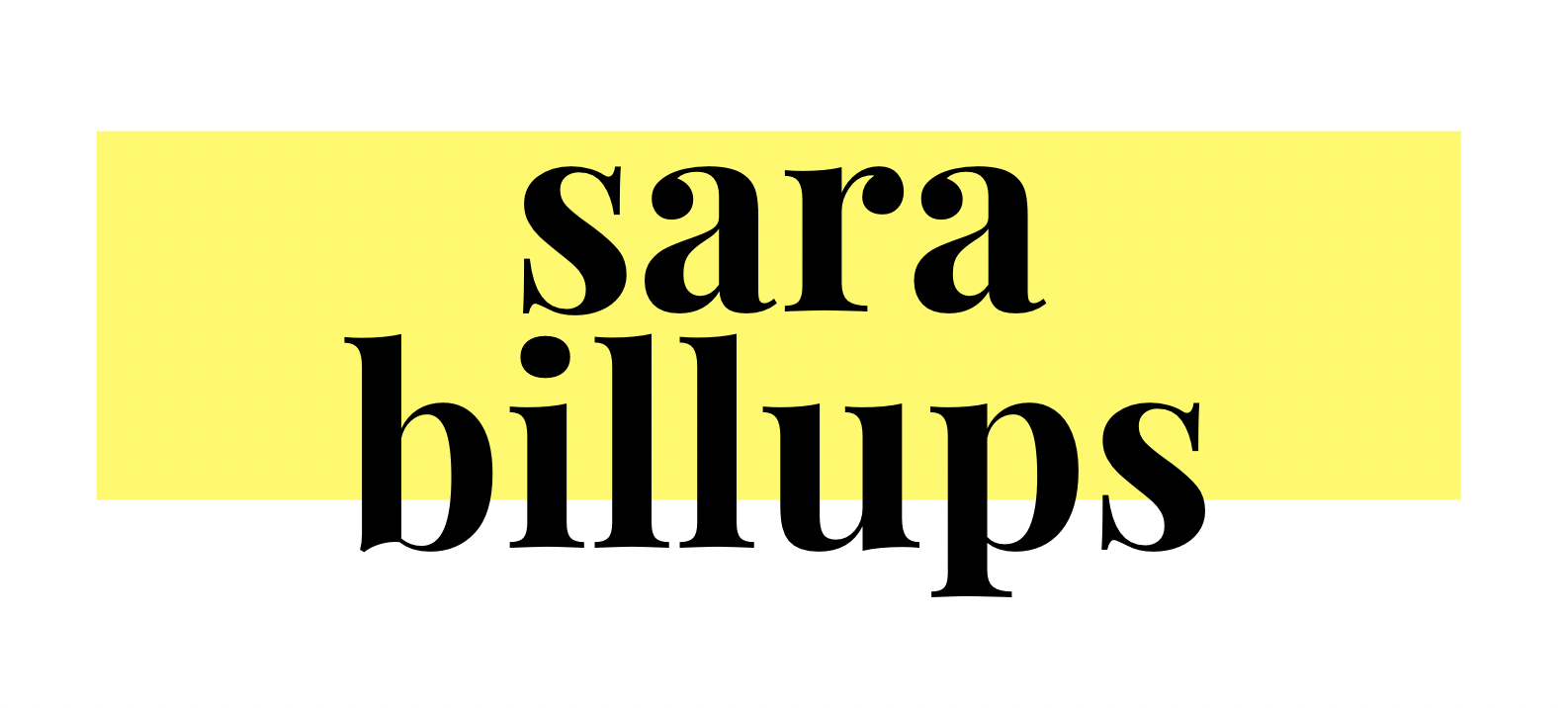I'm a Jesus People
Hippies are hazy, mythic creatures of the mind. Maybe your mom or grandma talked about being a hippie. Maybe there is still sprouted bread instead of Wonder bread in her kitchen. Or oversaturated photos in her album with beads and paisley.
Joan Didion’s seminal essay on 60s counterculture, Slouching Towards Bethlehem, ran in The Saturday Evening Post in 1967, the same year as the Summer of Love.
You don’t have to read Didion’s piece for more than five minutes to realize hippies came of age in an era with a lot of pain—choosing a posture to hug the pain, sleep with it, and numb it completely with every possible hallucinogenic and narcotic.
Didion writes about a man named Norris, one of the many hippies she spent time with in Haight-Ashbury, for the essay. “One day Norris asks how old I am,” she writes. ‘I tell him I am thirty-two. It takes a few minutes, but Norris rises to it. ‘Don’t worry,’ he says at last. ‘There’s old hippies too.’”
Beyond drugs and sex, there was a lot of longing, some inner wandering, for young people in the Vietnam-era. Reading Didion’s essay, I noticed how everyone had one foot out the door. Maybe I’ll go to Big Sur. Maybe New York. The feeling, in general, from a lot of hippie accounts of the era: I’ve got to get out.
Maybe that’s why the Jesus Movement was revolutionary. Images of countercultural Christians being baptized off the California coast and living in community did not just document a transformation of the heart. I imagine the holy spirit was also a settler, moving the faithful from spiritual wandering to rest.
Pop culture and fashion tend to come in cycles of 30 years. This phenomenon is called a “nostalgia pendulum.” Fast forward from the 60s, to when I was coming up in the 90s. Hippies had both feet planted in their middle years by then, but we kids picked up some of the best parts of their counterculture and mixed it up with skateboarding, grunge, and hip hop.
Coffee houses at churches were a thing, usually on Friday nights, where we’d listen to bands and read poems. We were mostly white and middle-class, and a lot of us lived in the suburbs.
Every summer, I’d go to a music festival in Bushnell, Illinois, called Cornerstone, which tended to gather up a merry band of unusual Christians. I’d never found many people with aesthetics and faith that looked like my own in my Indiana hometown. But the church I attended had a pastor who used to be a hippie and worked in coffee, which led me to Cornerstone.
A group of us set up a coffee tent to sell frozen granitas and iced mochas during the day. At night, we’d stay up late listening to a lot of good music from bands like Pedro the Lion, Adam Again, and a Celtic punk band of Christian activists called Ballydowse.
A resident of the tiny farming community where Cornerstone was located was interviewed for a documentary about the festival. “There were an awful lot of people who came to the festival that had unusual hairdos, they had unusual clothes,” said the owner of Ace Hardware. “[One] had a big cone shaped about three feet above his head, to a point.”
A Tarnishing
The legacy of hippie counterculture is tarnished and complicated. Cornerstone ended in the aughts, and in 2014 several sexual abuse allegations were levied against members of Jesus People USA, the Chicago-based ministry that hosted the festival each summer.
Some hippie-era communes turned into cults, which made a lot of Evangelicals like my parents freaked about the New Age movement, and probably helped them believe in cessationism, the extra-biblical idea that spiritual gifts ended in the first century. As Larry Eskridge talks about in his excellent book God’s Forever Family, for better or worse, Jesus People wrote the folk music that paved the way for CCM.
Any Christian movement can be energizing and bring reform, but it can also go off the rails. The structure of the Church exists to bring accountability as a counterpoint to the idealism and fervor of movements—but at the same time the institution can become resistant to reform and God’s spirit.
A Balm & A Beacon
What could a healthy Christian counterculture look like today? And what I’m thinking about all the time lately: Can a bold vision for counterculture even be a balm or beacon in the midst of the current crisis of the American church?
The historian Mark Knoll wrote that the scandal of the evangelical mind is that there isn’t much of one to be found. I’d tack on that the scandal of the Christian aesthetic is that there has become no Christian aesthetic. And without explorative art and generative creativity, there can be no Christian counterculture.
The church has been so busy fighting culture wars and drawing lines in the sand, we’ve made little room made for broad strokes of imagination. When an already impoverished church backs away from engagement in the arts and culture, we lose the opportunity to manifest living love in color, shape, and sound.
Living as Christians should always be countercultural. It should not be: easy, obvious, or particularly safe. In health, Christian counterculture can be a way for those of us who don’t quite fit to truly belong—and for us to make welcome Christians cast to the margins.
Because Jesus was counter-cultural and drew everyone to belonging. It wasn’t an either-or. And like Jesus, the church can again be both strangely beautiful and universally compelling.


